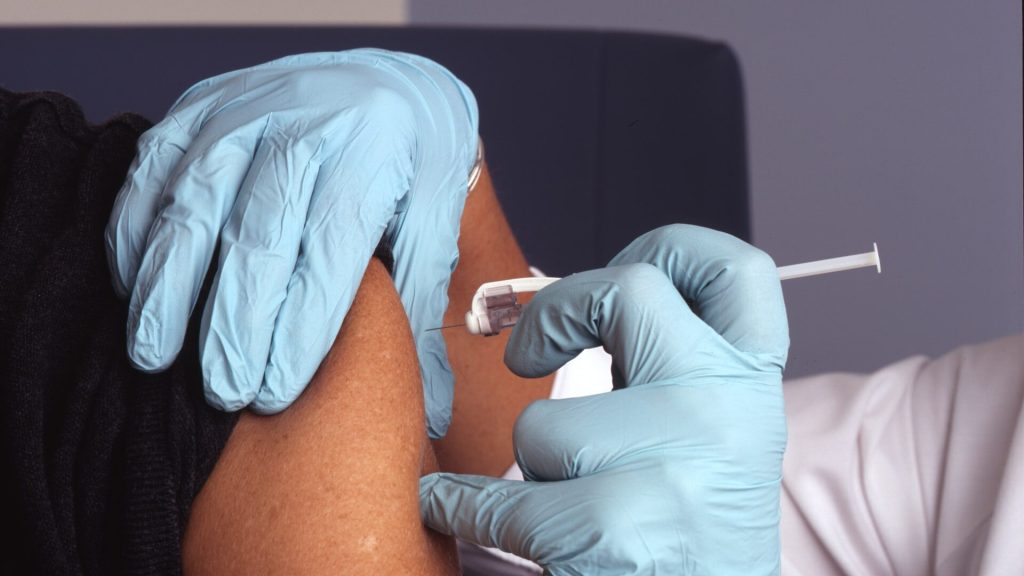Caffeine May Help with Cognitive Symptoms of ADHD

Researchers in Spain have found that caffeine may be beneficial in alleviating cognitive symptoms of ADHD, such as improving attention span and retention capacity. Their findings, published in Nutrients, may provide a less controversial addition to the therapeutic arsenal for this disorder.
Attention deficit hyperactivity disorder (ADHD) diagnoses have increased exponentially over the last 20 years. It is currently estimated that this disorder affects between 2% and 5% of children in Spain, an average of one or two children per classroom, and up to 4% of the adult population.
Despite these high incidence rates, controversy surrounds the treatment of this pathology and the therapeutic approach to it. This varies widely depending on each patient, the symptoms they present and their intensity. For this reason, experts are continuing to investigate different components and substances that may be capable of providing new treatment opportunities for patients diagnosed with ADHD.
A team of experts at the Universitat Oberta de Catalunya (UOC) has investigated caffeine to alleviate some of the symptoms of ADHD, given the controversy surrounding the use of some medicines derived from methylphenidate, among others. Their systematic review of animal studies concludes that a prescribed consumption of caffeine can increase attention and retention capacity in adolescents and adults with ADHD.
“The therapeutic arsenal for alleviating ADHD is limited, and there is a certain degree of controversy around the use of some types of medications and stimulants, especially during childhood and adolescence. That’s why it’s useful to study the efficacy of other substances, such as caffeine,” explained Javier Vázquez, one of the paper’s main authors.
This is the first systematic review with results linking caffeine consumption in different animal models of ADHD with an increased attention span, improved concentration, learning benefits, and improvements in some types of memory.
“This substance improves these types of cognitive procedures, and increases capacity and flexibility in both spatial attention and selective attention, as well as in working memory and short-term memory,” emphasised Vazquez, who added that controlled treatment with this substance “doesn’t alter blood pressure, and doesn’t lead to an increase or reduction in body weight.”
The researchers point out that while possibly effective for cognitive symptoms, the results are unclear for other characteristic symptoms of ADHD, such as hyperactivity and impulsivity. “The results are very positive, but we must be much more careful when prescribing a caffeine-based medical treatment for these symptoms. In diagnoses in which the problem is purely attentional, caffeine may be an appropriate therapy, but if there’s a symptomatological presence of hyperactivity or impulsivity, we must be more cautious,” said Vasquez.
However, the results show that caffeine has a clear benefit in ADHD’s cognitive symptoms. “Our results reinforce the hypothesis that the cognitive effects of caffeine found in animal models can be translated and applied in the treatment of ADHD in people, especially at young ages such as adolescence,” the authors concluded.
“We want to emphasise that we aren’t against medication for ADHD, but we’re open to investigating all possible alternatives for improving this type of disorder, and for being able to use caffeine from a therapeutic point of view with all the appropriate medical supervision, a prescribed treatment and follow-up,” said Vázquez.






